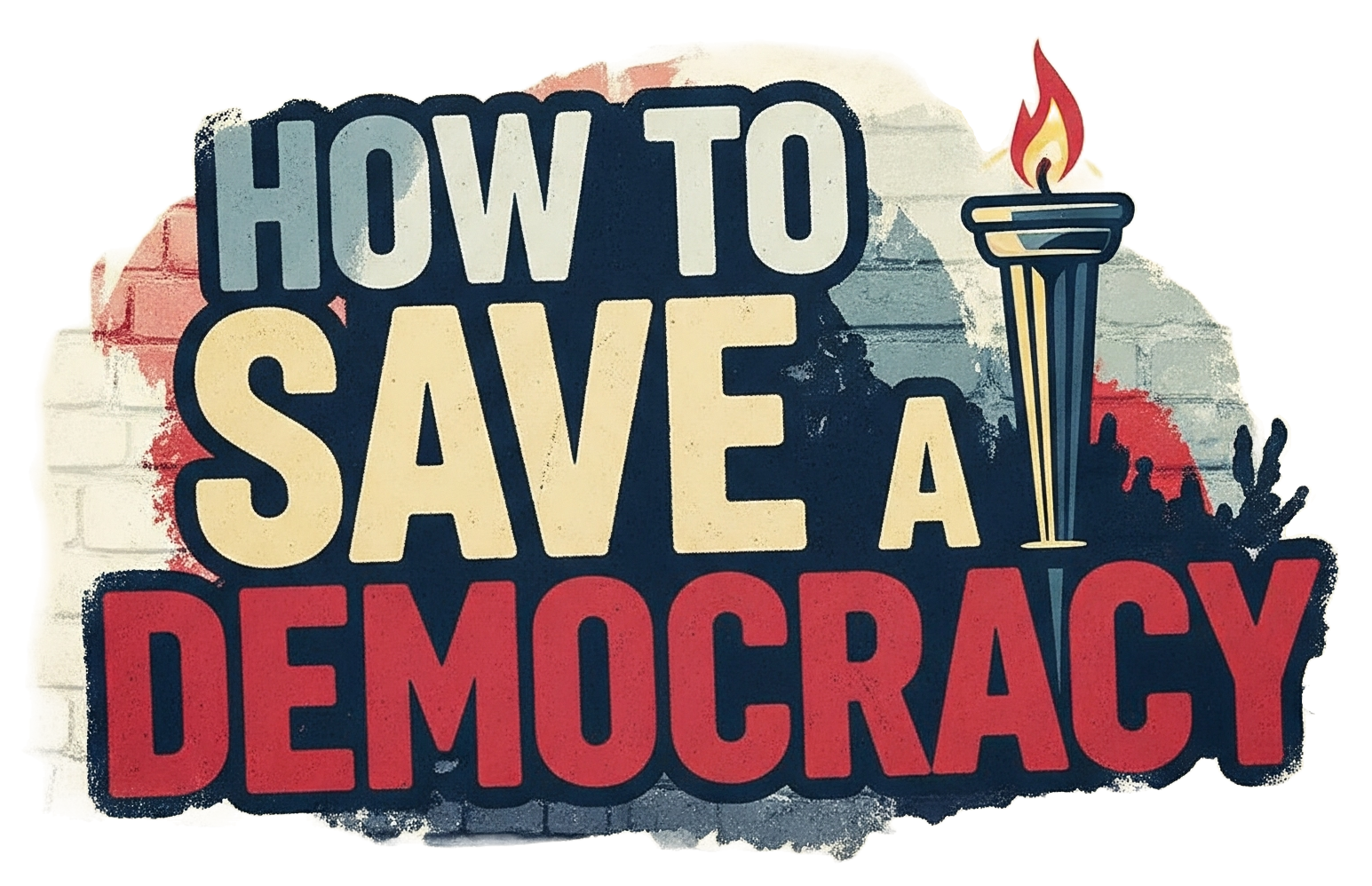
The two major political parties in the U.S. have never been especially transparent about their governing agendas. When pressed, they might say that internal disagreements prevent them from finalizing legislation until they're actually in session. Or they’ll point to the need for flexibility in responding to changing circumstances. Some even admit they don’t want to hand their opponents political ammunition.
But none of those reasons are good enough.
If a party campaigns on a specific agenda and a member later votes against it, that’s a betrayal of the voters who put them in office. Yes, the world changes—but that’s all the more reason to show a plan. A clear roadmap keeps voters aligned with their values and gives them a real basis for accountability. And if a proposal is so politically risky that it can’t withstand scrutiny during a campaign, maybe it’s not a good proposal to begin with.
We want to be different. In fact, we have to be different.
Before the election, voters will be able to see exactly what legislation we will pursue if we are elected to Congress. Not just the goals—but the full bills. You’ll also see how we plan to fund them: whether that means redirecting existing budgets, raising new revenue, or adjusting federal priorities. The point is transparency, not just in principle but in practice.
The closest example of this kind of planning in recent political history is Project 2025—a policy roadmap from conservative think tanks for a future administration. And as sites like Project 2025 Observer point out, the current administration has made significant progress on implementing its agenda with striking precision.
So think of this movement as something like a “Project 2027”—but rooted in service to the Common Class. We don’t have the funding they do. We don’t have their institutional machinery. But we have something they don’t: a growing movement of everyday people who are ready to fight for a government that works for everyone.